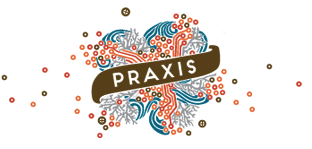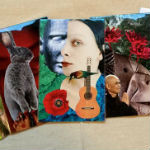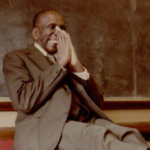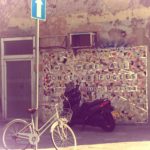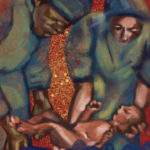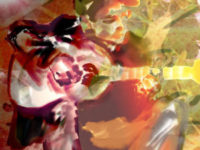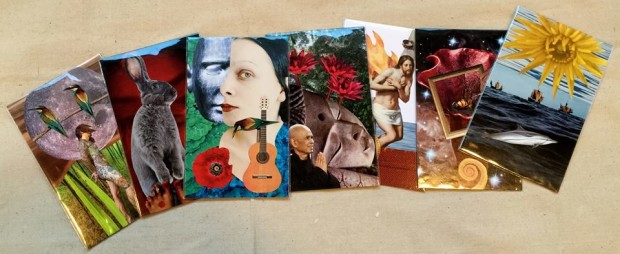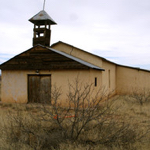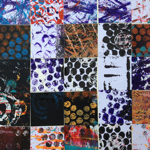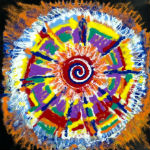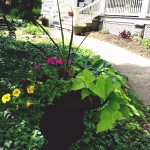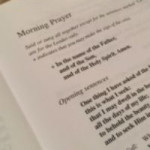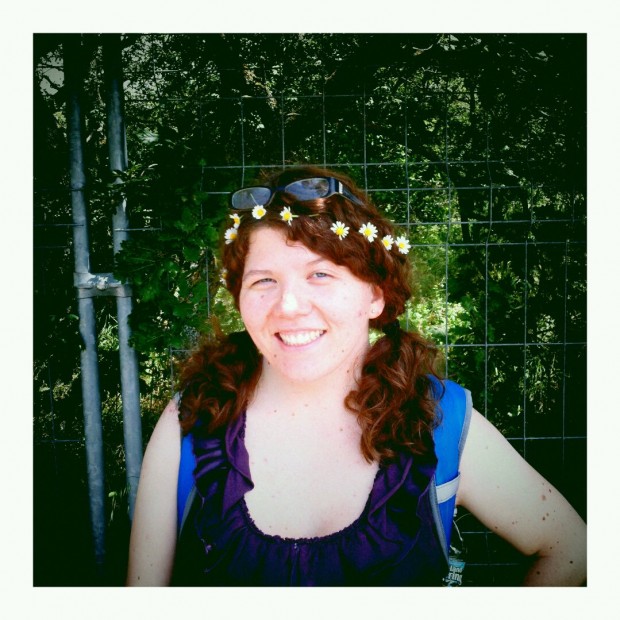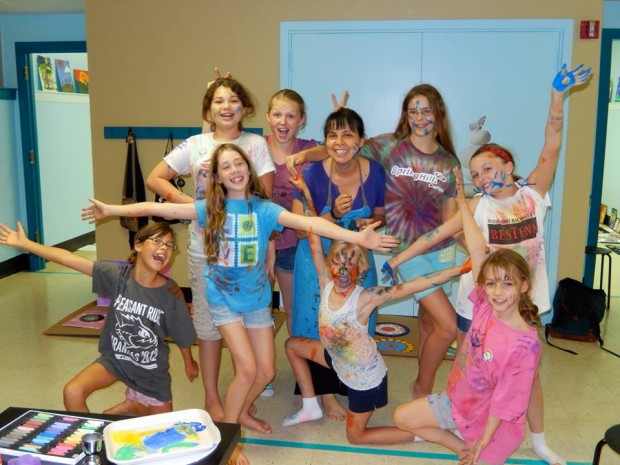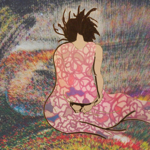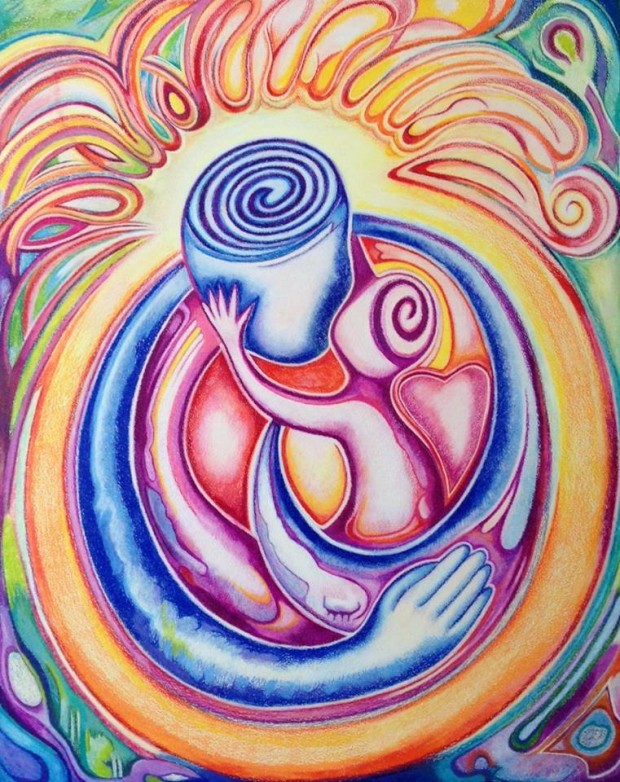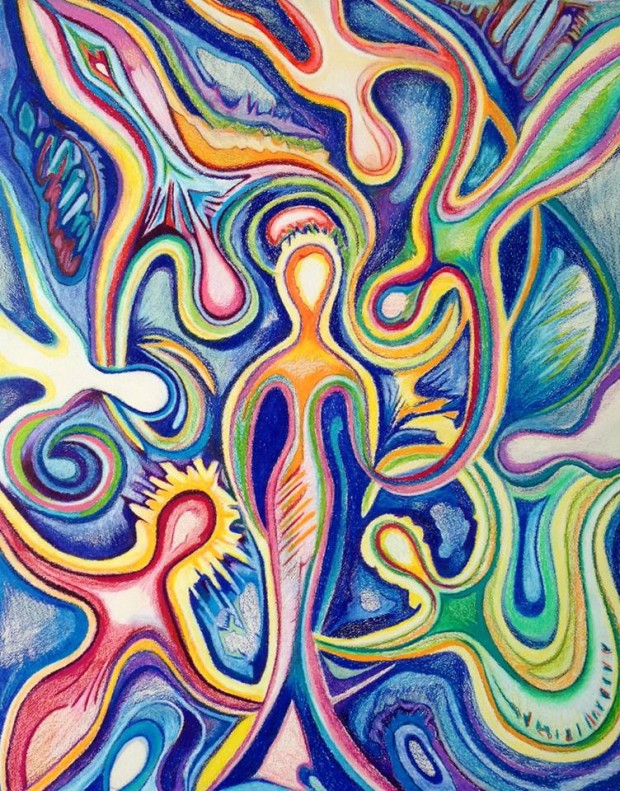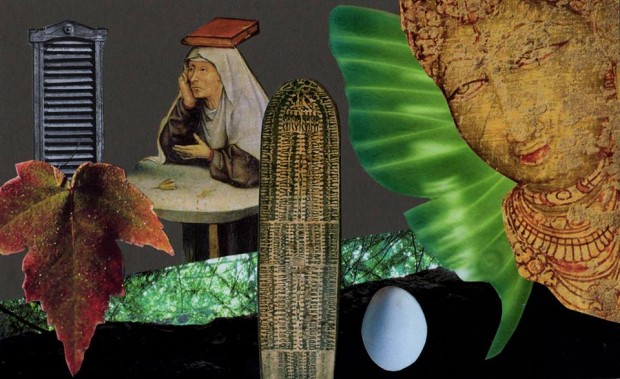Art as a Spiritual Connection™ is a new kind of experience that uses the art medium as a ground for a relationship with the Divine. With a variety of art programs for all ages, Art as a Spiritual Connection™ creates a nurturing environment, and provides tools for art exploration, to foster connections to God, self and others through the creative process. Giving is at the heart of art making, and when we create something with our hands, we integrate our minds to our hearts, making space for our spiritual life to develop and flourish. In art, we can express our true identity – the Soul.
Archives
Re-Imagining Incarnation: A Soul Collage® Advent Quiet Day
Art as a Spiritual Connection is offering an Advent Retreat using Soul Collage®! Begin the season of Light by setting your intentions and exploring contemporary insights into the Incarnation process, while still honoring traditional incarnation theology. We will utilize images to collage new understandings about the Incarnation process and how it manifests in our lives. This retreat will take place on Saturday December 5th from 9:30-4:30 at St. Barnabas Episcopal Church in Cincinnati (10345 Montgomery Rd). The cost is $30. Program includes all art materials, snacks, and drinks. Please bring a brown bag lunch with you. For more information and registration information click here.
Does Christmas Day find you exhausted and drained?
Do you breathe a sigh of relief when the holiday season is over?
Do you worry that once again you will miss the meaning of the season?
One way to avoid feeling deflated on December 25 is to spend time in early Advent reflecting on what you would like to see happen during this liturgical season. Setting intentions to accomplish your desires is the first step toward a more meaningful Advent.
Christians have traditionally used the four Sundays and weeks of Advent to prepare for Christmas. We will honor this tradition by reflecting on traditional incarnational theology as well as exploring more contemporary insights into the Incarnation. We will then utilize images from magazines and other publications to collage (SoulCollage®) new understandings of the Incarnation for ourselves. No artistic talent or training is needed! Ages 18+.
